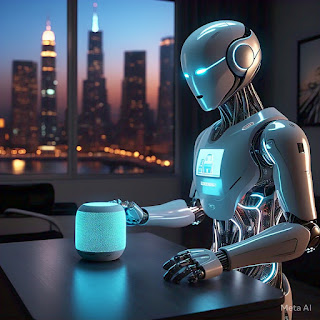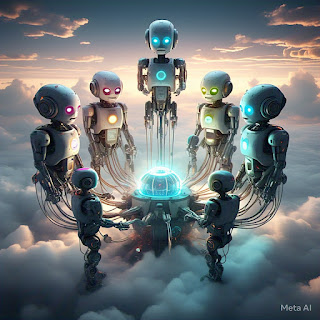Emotional AI

Emotional AI: Reading Human Vibes - The Future of Human-Machine Understanding In our increasingly digital world, machines are becoming more adept at understanding something uniquely human: our emotions. Emotional AI , also known as affective computing, represents a revolutionary frontier where technology can detect, interpret, and respond to human emotional states. This advancement isn't just changing how we interact with machines—it's transforming industries from healthcare to marketing and redefining what's possible in human-machine relationships. a What Is Emotional AI? Emotional AI refers to systems and technologies designed to recognize, interpret, process, and simulate human emotions. Unlike traditional AI that focuses on logical processing and data analysis, emotional AI aims to bridge the gap between cold computation and warm human experience. a These systems typically work by: Analyzing facial expressions through computer vision Detecting vocal patterns ...




